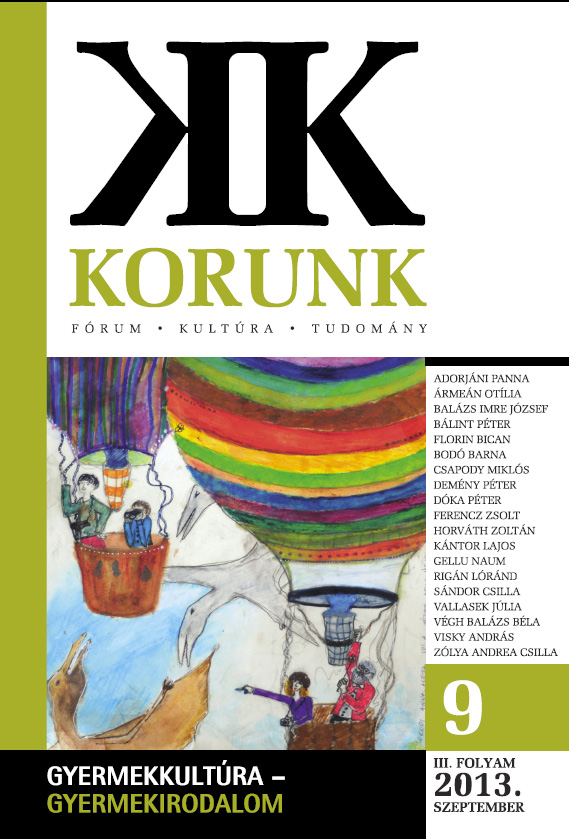Polgári kaszinók Kolozsváron
Bourgeois casinos in Kolozsvár
Author(s): László FazakasSubject(s): History, Social history
Published by: Korunk Baráti Társaság
Keywords: cultural institutions; Transylvania; Cluj; casino; modernization
Summary/Abstract: The social and cultural institutions of the Hungarians in Hungary and Transylvania appeared in greater numbers in the first half of the 19th century. The Hungarian society in the beginning of the 19th century underwent a huge cultural and social change which had also a profound impact on the life of the bourgeoisie. At the beginning of the 19th century, the bourgeoisie became a more powerful social class, its role in politics became more important. Both of the social classes, the nobility and the bourgeoisie (middle class) fought for power, and at the end of the 19th century it’s noticeable that the Hungarian aristocrats do not have the same political weight as before, while the bourgeoisie represents the main power. The casinos appeared in this period, they were considered the centers of social life. In Cluj four casinos were established (Casino of Cluj, Cluj Circle, National Casino and the Bourgeois Circle). These casinos had a thorough activity and contributed to the development of the social life. Before the Revolution of 1848, the Bourgeois Circle was formed in Cluj and its shareholders were part of the middle class. After the Compromise of 1867, the intelligentsia of Cluj created new associations. The casinos had a new flourishing era; the city had several cultural associations and three grand casinos (the Cluj Circle was founded in 1869, which was the third casino of thecity), many cultural circles came into existence, which had similar interests and activities. In the present paper the functioning of the two bourgeois casinos are discussed
Journal: Korunk
- Issue Year: 2013
- Issue No: 09
- Page Range: 89-95
- Page Count: 7
- Language: Hungarian

